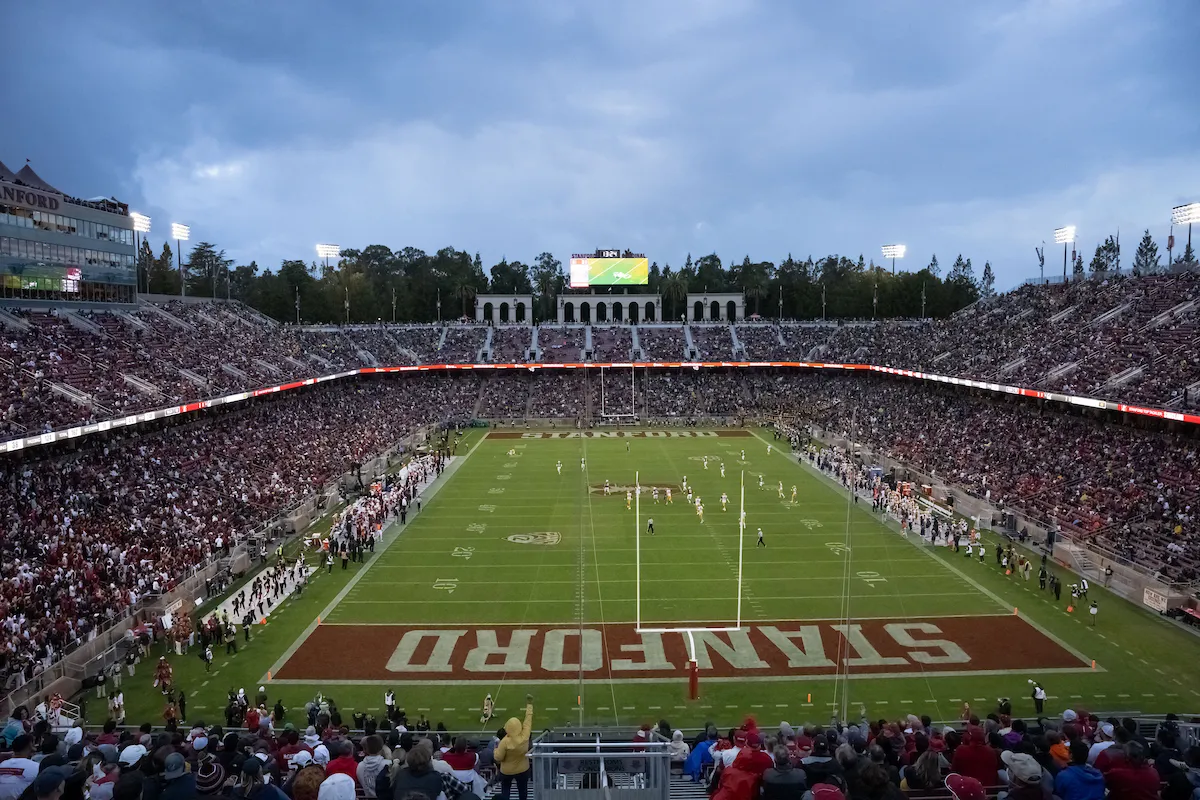The National Collegiate Athletic Association (NCAA) recently reached a landmark antitrust case settlement with a group of former student-athletes. Under the agreement, the NCAA will distribute $2.8 billion to college athletes dating back to 2018, in addition to allowing for revenue sharing (up to 22% of annual revenue) between athletic departments and their student-athletes going forward. These new payments and compensation structures are great for revenue-generating athletes. However, lurking in the language of House v. NCAA is one important clause not being discussed on the national stage — one that will drastically hurt athletes who aren’t football or basketball players.
The settlement establishes “roster limits” for each sport sanctioned by the NCAA, which correspond to the maximum number of athletic scholarships that a coach can issue. For example, the scholarship limit for football will increase from 85 to 105, a spike that most Division 1 (D1) programs will meet. To accommodate this increase and the issuance of payments to athletes for revenue sharing, however, many athletic programs are lowering the personnel counts of non-revenue generating sports, resulting in large-scale cuts.
Among the incentives driving these roster cuts is Title IX, which requires each school to offer an equal number of scholarships to both men and women. To expand the number of football scholarships, for instance, athletic directors have two ways of remaining compliant with Title IX: either fund an additional 20 scholarships for both men and women, each, or transfer 20 existing men’s scholarships from non-football rosters to the football roster. The latter is a much more financially efficient and cheaper option and one that experts expect will be most common.
It’s true that this new model of collegiate athletics only activates if an athletic department opts into revenue sharing. Still, at the D1 level, it’s not a matter of if, but when this model kicks in: every school that wants to remain competitive will have no choice but to accept the new framework, as top recruits and transfers won’t entertain offers from schools without lucrative compensation.
This new collegiate athletics framework will hinder the development of future American professional athletes across non-revenue-generating sports. Downsizing or even cutting these programs from athletic departments will significantly hurt Team USA’s ability to perform on the international stage, according to multiple collegiate coaching associations. The NCAA serves as a development zone for many future Olympic athletes — opportunities that could be terminated should the settlement become official after a final approval hearing on April 7, 2025.
Football and men’s basketball provide the vast majority of athletic departments’ revenue, true. But it’s necessary to provide Olympic sports with a small chunk of that revenue, as it’s the only way to fund these programs nationally. Americans value these sports, based on recent Olympic trends. Without this cross-subsidy, collegiate athletics would become a two sport organization of football and basketball. It’s unreasonable, therefore, to follow through with these scholarship limit increases. Heightened monetary player compensation can still take place without taking away opportunities for the hundreds of thousands of student-athletes in non-revenue generating sports.
Trimming these programs would also truncate educational opportunities for both American and international prospective athletes in these sports. The NCAA provides many student-athletes with the opportunity to receive a higher education, which often may not be attainable without the athletic scholarships they receive. Unlike many non-graduating football and basketball players, who leave their institutions early to pursue professional sports, the data shows that most Olympic athletes often pursue a non-sports career upon degree conferral.
It’s great that student-athletes are finally getting their fair share of the pie when it comes to monetary compensation. Still, the additional terms in the House v. NCAA settlement need to be reworked to protect all student-athletes before a final decision is made. While it does make sense to have lower scholarship limits for non-revenue-generating sports, given what they bring in financially, the roster limitations suggested by the settlement are unnecessary. Even if schools meet the new roster limits for sports like football, it makes little sense to cap the roster sizes of non-revenue generating sports at the currently agreed upon terms, as it prevents walk-ons and “preferred walk-ons,” a group that requires little to no financial support from universities, the opportunity to compete.
As a Division I student-athlete, I know first-hand the great utility these sports provide future athletes with. We must ensure these opportunities are preserved, while still supporting the long-overdue increase in athlete compensation.
Thomas Boyden ’24 M.A. ’25 is a student-athlete who received a B.S. in computer science and is pursuing an M.A. in public policy from Stanford University. Thomas is the co-captain of the varsity track and cross country teams at Stanford, the latter of which has finished in the top 8 of the NCAA Championships 10 of the last 11 years.
